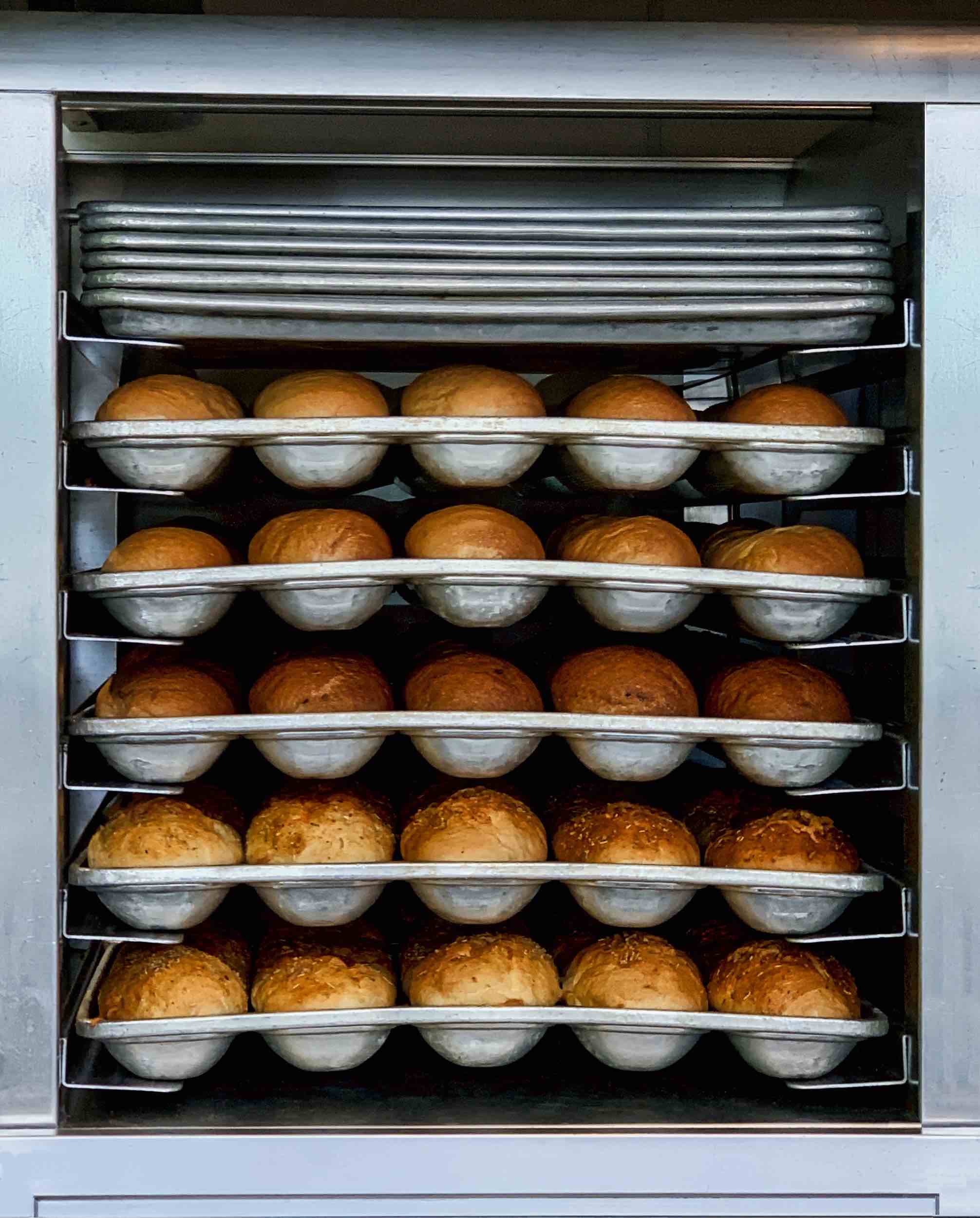Commercial electric ovens are great for cooking evenly and thoroughly. But when you start to notice that it’s cooking unevenly or unpredictably, you might try some basic troubleshooting to see if you can discover what the problem might be.
The Heating Elements
A damaged heating element may cause temperature fluctuations before it fails completely. This is something you should be able to see simply with your eyes if the elements are not hidden. Most ovens have multiple elements, at least two: one on the bottom and one on the top.
Turn on the oven with nothing inside and make sure that all the elements glow evenly. Notice if an element takes more time to heat up than the other(s).
Double Check Temperature
The most basic step is to use a separate oven thermometer. Make sure the temperature on the gauge and on the oven is close to the same. Watch for variations over time as well. A few degrees difference could be expected, but a significant difference (more than 25 degrees Fahrenheit) could point to a significant problem.
The Thermostat and Sensor
If your separate oven thermometer reading is considerably off, you may have a faulty thermostat or sensor.
The sensor is like a thermometer that monitors the temperature inside the oven.
The thermostat is an on/off switch calibrated to turn on when the sensor gets below the set temperature and off when it gets above the set temperature.
The thermostat directly controls oven temperature by getting readings from the sensor. If the sensor is sending inaccurate readings to the control board, it would explain the discrepancy.
If the sensor is exposed, make sure it is clean, not bent or damaged, and is not covered in residue. It may be getting inconsistent power from a faulty connection or switch or getting inaccurate reading because it is directly touching a piece of metal it shouldn’t be touching.
Check the Fan
The fan helps do two things inside the oven. First, it helps keep the temperature constant in all parts of the interior so that food is baked evenly. Second, it helps control overall temperature. When the sensor indicates the temperature is too high, the fan is triggered in order to cool down the internal temperature to its set point.
Check that any vents for the oven are clear of objects and debris. Turn off the oven and turn the fan blades with your hand, and notice if there is resistance or unevenness in its rotation. You will be able to see if there are broken or damaged fan blades as well.
Other Possibilities
Electric ovens, of course, are very dependent on the electricity that they get. If your building has wiring faults or your area has voltage fluctuations, that will certainly be a problem. Be sure the power cable itself is not damaged and that the outlet it’s plugged into is grounded.
Commercial electric ovens have sophisticated control boards. Power surges or shorts may cause the board to fail or cause erratic behavior.
What to Do
Your own level of comfort in troubleshooting any of these issues has a lot to do with whether you might try to track down a problem. Some of these procedures are very simple, and even if you decide you can’t fix the problem, you will have a better idea of what to tell a tech when you call.
Your commercial oven was a significant investment in your business, and having one that is reliable and working consistently is vital. If your oven is acting up and you can’t find a quick solution, call in a pro from Fastcility. A trained technician can put your mind at ease and keep your business running smoothly in the shortest amount of time possible.


Recent Comments